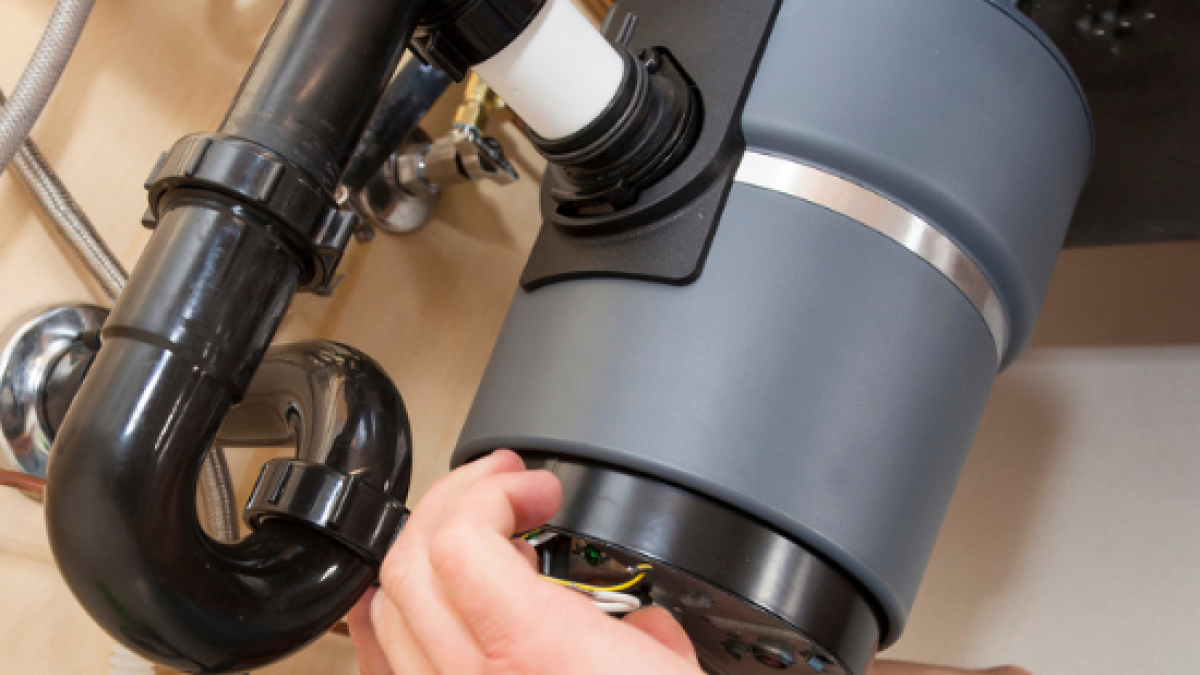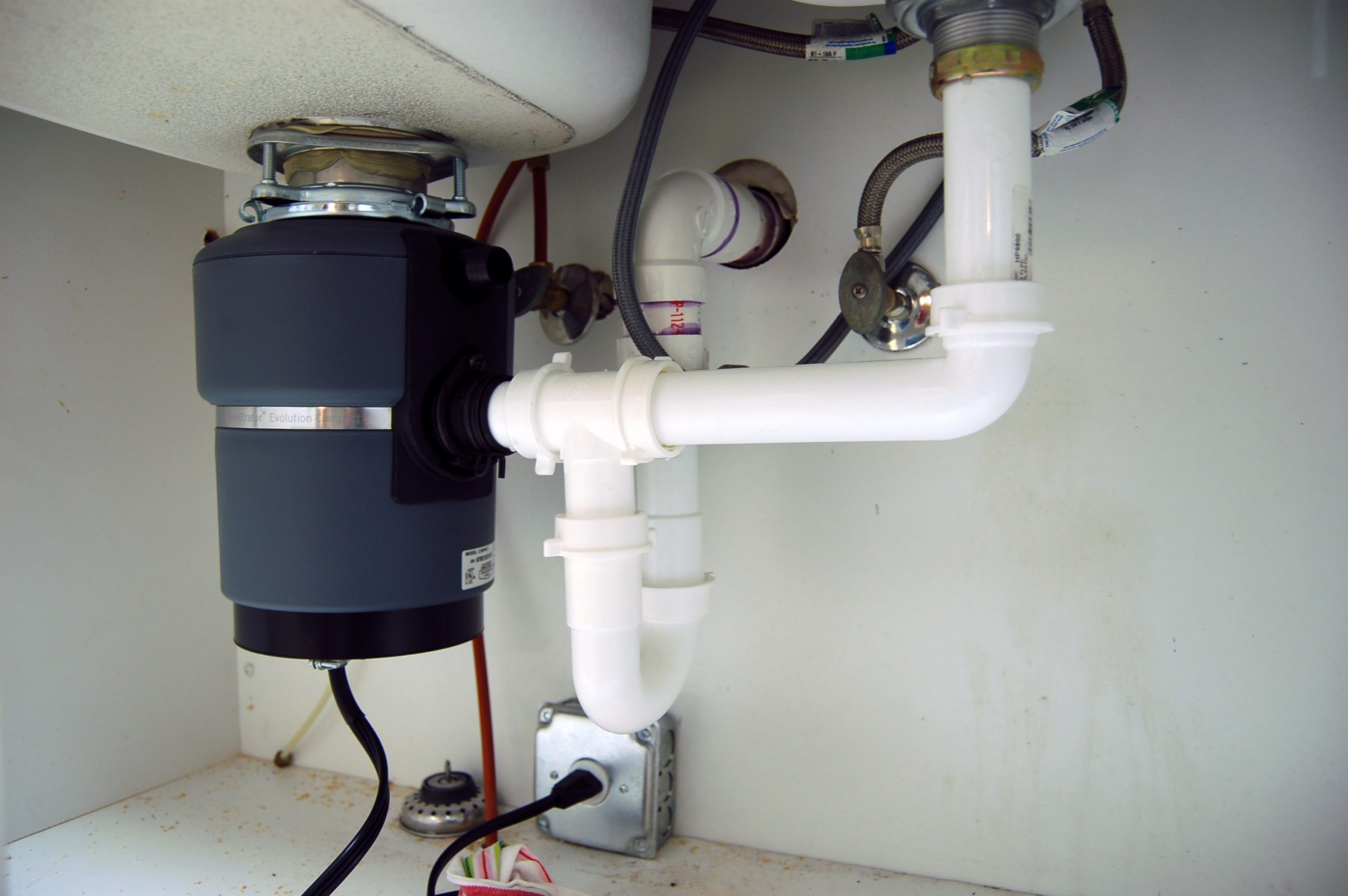Effective Techniques for Repairing a Dripping Garbage Disposal
Effective Techniques for Repairing a Dripping Garbage Disposal
Blog Article
Almost everyone is bound to have their unique views with regards to Why Is My Garbage Disposal Leaking From the Bottom?.

Garbage disposals are important cooking area home appliances that help in throwing away food waste effectively. However, a leaking garbage disposal can be an irritating and messy trouble to manage. Fortunately, many leaks can be dealt with easily with a couple of straightforward steps. In this post, we will go over just how to fix a dripping garbage disposal efficiently.
Introduction
Garbage disposals are installed under cooking area sinks and are created to shred food waste right into smaller sized pieces, enabling it to pass through the plumbing system easily. While these devices are typically dependable, leaks can take place in time because of damage, loose connections, or damage to the device.
Usual Root Causes Of Leaks in Rubbish Disposals
Worn Seals and Gaskets
Seals and gaskets play a vital role in avoiding water from leaking out of the garbage disposal. In time, these parts can deteriorate, resulting in leakages around the disposal unit.
Loose Connections
The links between the waste disposal unit and the pipes system can become loosened with time, creating water to leak out throughout procedure.
Splits or Openings in the Disposal Unit
Physical damage to the waste disposal unit, such as splits or holes in the housing, can additionally cause leaks.
Recognizing the Resource of the Leakage
Before trying to repair a leaking waste disposal unit, it is vital to determine the resource of the leakage. This can commonly be done via visual examination or by carrying out easy examinations.
Visual Evaluation
Inspect the garbage disposal unit thoroughly for any indicators of water leak. Pay very close attention to locations around seals, gaskets, and link factors.
Examining for Leakages
One means to evaluate for leaks is by running water via the disposal system and looking for any type of noticeable indications of leakage.
Devices and Materials Needed for Taking Care Of a Leaking Garbage Disposal
Before beginning the fixing procedure, collect the essential devices and materials, including a screwdriver, flexible wrench, plumbing's putty, substitute seals or gaskets, and epoxy or patching product for fixing cracks or openings.
Step-by-Step Guide to Dealing With a Dripping Waste Disposal Unit
Shut off the Power
Before trying any kind of repairs, ensure that the power to the waste disposal unit system is turned off to prevent the threat of electric shock.
Locate the Leakage
Determine the exact location of the leakage and identify the reason.
Tighten Links
Utilize a wrench to tighten up any type of loose links between the disposal system and the pipes system.
Change Seals or Gaskets
If the leakage is because of used seals or gaskets, get rid of the old parts and change them with brand-new ones.
Patching Cracks or Holes
For fractures or openings in the disposal unit, use epoxy or a suitable patching material to seal the broken area.
Evaluating the Garbage Disposal After Repair Work
As soon as the repair service is complete, test the garbage disposal by running water with it to make certain that the leak has actually been solved.
Preventive Upkeep Tips to Stay Clear Of Future Leakages
To prevent future leakages, it is vital to perform regular upkeep on your garbage disposal. This consists of maintaining it clean, avoiding placing non-food products or hard objects down the disposal, and periodically looking for leaks or various other concerns.
Conclusion
Finally, taking care of a dripping waste disposal unit is a reasonably simple procedure that can be completed with basic tools and products. By following the actions detailed in this write-up and exercising preventive upkeep, you can maintain your garbage disposal in good working problem and stay clear of costly fixings in the future.
HERE’S HOW TO FIX YOUR GARBAGE DISPOSAL
WHAT TO DO IF SOMETHING IS STUCK IN YOUR GARBAGE DISPOSAL
If the impeller won’t turn, there’s probably something stuck in the disposal. It could be a steak bone or peach pit, although plumbers report pulling all sorts of inappropriate objects out of disposals, such as bottle caps or aluminum foil. Make sure power to the disposal is off, and look inside to see if you can see the source of the jam.
Never stick your fingers in a disposal. Pull out anything you see with tongs or pliers.
If the disposal still won’t work, it may be time to call a plumber or consider buying a new disposal. GEM Plumbing & Heating is here for all of your garbage disposal needs.
WHAT TO DO IF YOUR GARBAGE DISPOSAL DRAIN IS CLOGGED
Take everything out from underneath your sink and put a bucket or other container under your disposal to catch any water that drains out. Disconnect your disposal from the power supply. If it’s plugged into a wall outlet, unplug it. If it’s hardwired into an electrical box, go to the electrical panel and turn off the breaker for the disposal. Pour ¼ cup of baking soda into the drain, followed by ½ cup of white vinegar. Give the solution a few minutes to fizz and do its work. Look into the disposal with a flashlight to see if you can see an object that might be causing the clog. If you see it, remove it using tongs or pliers. MORE TIPS ON DEALING WITH A CLOGGED GARBAGE DISPOSAL
Never use drain cleaner in a garbage disposal. It can damage the plastic parts inside the disposal. You can also be splashed with the caustic liquid while working to clear the clog. Beware! Never stick your fingers into a garbage disposal. Trust us — not a good idea. In many instances, your dishwasher drains through your garbage disposal. This allows the disposal to grind any large food particles that may be drained out of your dishwasher. There are some jurisdictions, however, where the plumbing code prohibits such a connection. WHAT TO DO WHEN YOUR DISHWASHER DRAINS THROUGH THE DISPOSAL
Run some water in the sink so your plunger has at least a ½-inch of water to create a seal and plunge vigorously up and down several times. You may need to repeat this several times. Run hot water down the drain to clear any residue that remains.

I am very enthusiastic about Why Is and I really hope you appreciated our post. If you liked our article if you please remember to share it. Kudos for your time. Please stop by our blog back soon.
Visit My Web Page Report this page